|
They always say you spend the beginning of the year setting up routines that will allow your students to thrive throughout the school year. While establishing routines can be daunting it does not have to be! Read on to see how I use simple no prep activities to help my students fall in love with math while mastering our class math routines! Click here to read all about (and get a freebie!) my "no prep" beginning of the year packets for Kindergarten, First Grade, and Second Grade Math! Let them Explore!What kid or adult can resist tinkering with new objects put in front of them? I sure can't! We know that if we want kids to use the manipulatives to solve math problems in a specific way, we first need to give them opportunities for open ended play with the same materials. Students are inherently interested when they see math manipulatives. While an adult might look at a pile of unifix cubes and think they are for counting or learning math concepts, kids see so much more. I have had kids try to build towers taller than a friends, sort the cubes by color, build a "staircase" of rainbow cubes, and so much more! All of this "play" is actually the foundation of many math concepts. By investing a small amount of time into open ended manipulative play you are allowing students to explore so that when they need to complete a concrete task with the manipulatives they can, the novelty has worn off somewhat. Open ended play is also a great opportunity to practice classroom routines like cleaning up, answering to a call and response, moving around the room. It also allows for practice of social emotional skills like sharing and problem solving! Moving On to Paper and Pencil TasksWhile kids can learn so much from manipulatives the reality is they also need to be able to complete paper and pencil tasks. However, these don't have to be boring worksheets filled with endless equations. I like to start the year with beginning of the year themed worksheets that are accessible to most students. I find that by giving them math worksheets that they can successfully complete I am building up their math confidence! This plays dividends as harder concepts are introduced throughout the year.
I like to use math centers or rotations so I can pull small groups. As my students become more comfortable with math manipulatives I start dividing the class-- some completing paper and pencil tasks and some exploring manipulatives. This allows kids to keep practicing their independence and the classroom routines and leaves me to float around helping anyone who needs it! I rotate activities so every student gets to experience both sides. Eventually, I will add a third group- one working with me! At this point the paper and pencil group and math manipulatives group are working independently. This allows me to start on the formal math curriculum, knowing that my students have mastered the routine. Throughout the year the manipulative and paper and pencil tasks get more complex but the structure stays the same! Check out my seasonal math worksheets here! Read more of my tips for center organization here! Check out how I use digital math centers for virtual and in person learning! Click here for my Eureka Math centers!
3 Comments
It's that time of year- the count down for summer break is on! It's always one of the craziest times of year for me between squeezing in instructional content, end of year testing, packing up the classroom, organizing the end of year celebration, and enjoying the final days with my students! I always send students home for the summer with books and a packet of summer themed activities and worksheets to keep their mind sharp over the summer. I hope that the summer activities will prevent the summer slump! I have created summer activities and worksheets for Kindergarten, First Grade, and Second Grade. Each grade level has 20 summer worksheets- 10 summer math worksheets and 10 summer literacy worksheets. Worksheets are Common Core aligned and designed to review standards from the grade students just finished so they are ready to be all-stars in the upcoming school year! Click on each picture to see the grade level summer activity packet! Scroll down and enter your email address to get a free sample of my summer activities and worksheets! Check out some of my easy, no-prep End of School Year activities! It is almost Earth Day! A great day to teach students about caring for the planet, recycling, etc. Also, a great reminder for us as teachers to save paper and recycle that huge pile of graded papers that has a way of piling up! I created Earth Day Math Activities for kindergarten, first grade, and second grade! The worksheets are all Common Core aligned but can be used in any classroom. Each packet covers a variety of skills including word problems, comparing numbers, graphing, etc. Click on each grade level to see the Earth Day activities. Scroll down and enter your email address to get the Freebie!!! I have used Eureka Math for the past few years and I like to teach math in small groups. I have students rotate between 3 activities: Eureka lesson with teacher, math centers, ST Math (click to read about how I use ST Math). I love this system- I think you can really target what each group needs and push students to learn more. But, the transitions can be a little tricky or time consuming. It seems like the second half of Eureka Math Kindergarten is all about number bonds, addition, and subtraction. So I created a warm up routine that was no-prep and practiced these skills! Every time a group transitioned to my rotation they immediately made a number bond about the students in their group. This gave me a few minutes to help the other groups get settled or to reset my materials. This was a great prompt because the groupings changed every day and the students could be creative!!! Some common groupings in my class were:
Once students finished the number bond they would write an equation to match it. This was an awesome time to differentiate. Some students wrote the part-part-whole equation but others were able to write the whole fact family!! This helped develop conceptual understanding of how parts and wholes go together in addition and subtraction equations. This also led to many great teaching moments! As you can see in the above picture one of the equations is wrong: she wrote 3-7=10. We talked about how it was awesome that she went above and beyond to write multiple equations (yay for risk taking!!) for her number bond and then solved each equation to find the one that was incorrect. She was able to explain that she should have started with the whole number when subtracting and correct it herself! I love helping students to think through the concepts behind the mathematical principles and encouraging them to take risks and try tricky problems. Some days (depending on timing) we had each student share their number bond with the groups, sometimes they shared with a partner, and some days I just picked one or two students to share. This was a very engaging warm-up, the students got very creative in their groupings (rides the bus home and is a pick-up)! It was also easy to differentiate based on the abilities of each math group. Scroll down to get your freebie! I have made a printable version of this math warm up! It can also be used as a challenge problem for early finishers! You can use it as a paper and pencil activity or laminate the papers and use with dry erase markers so it can be used many times. If you don't have math groups you could have students make number bonds of the people at their table, the members of their family, etc. Get creative! Teachers Pay Teachers and Pinterest are filled with Easter activities but have very few Passover activities available. As someone who grew up celebrating Passover and not Easter I feel like there should be more Passover activities. I made a packet of Passover worksheets for kindergarten, first, and second grade. There are Passover math worksheets and Passover literacy worksheets. The worksheets are Common Core aligned but can be used in any classroom. I hope these worksheets make more students feel included in the cultures celebrated in the classroom! Put your email in below to get the Passover Freebie Worksheets! Check out the full product here. Spring Break is great break to gear up for testing and end of year activities. Plus, then the countdown to summer can officially begin! I wanted to make it as simple as possible for teachers so created packets of Spring Break worksheets by grade level! Each Spring Break packet is filled with Common Core aligned ELA and math skills so all you have to do is print and stick in backpacks on the way to enjoy your spring break! I have a Spring Break Worksheet packet for Kindergarten, First Grade, and Second Grade! Click on the pictures to see the full Spring Break pack. Enter your email below to grab a free sample! HAVE A GREAT SPRING BREAK!!!
Somehow I think teaching in the spring feels like there is so much to teach and so little time and like time is passing very slowly. I like to fight the drag by using seasonal resources that liven up our classroom routines. Now that Mardi Gras is over I am moving my attention to St. Patrick's Day! For Math I made some No-Prep Worksheet packets! There are packets for kindergarten, first and second grade. Each packet includes 20 worksheets tied to grade level standards. These are so simple to use and could work perfectly in homework, morning work, or your math lesson! For ELA I have made a Word Family Bundle with 2 different sorts (sorts are my favorite center and worksheet activities because they are so engaging)! I also made a STEM and writing response that can be used with the book "How to Catch a Leprechaun." Click on the pictures to go to the product! Scroll down and enter your email to get a St. Patrick's Day Math FREEBIE! Jiji the penguin is a celebrity in my class. He is the star of many stories at the writing center, often listed as something students are thankful for at Thanksgiving, and commonly discussed at lunch. For those who don't know, Jiji is the penguin that leads students through the ST Math curriculum. Over the years I have tried different systems for tracking data and encouraging students to take ownership of their ST Math growth. The most important part of all my systems has been a class data talk on Friday. Data Talk: I have used ST Math with kindergarteners fir 4 years, and each class has learned to analyze their data and set goals to work towards. Data talk always starts with looking at the overall class data. We look at the average class percentage and how many students have a problem. We talk about how our goal is to get to 100% by the end of the year so that we are ready for first grade. Then we dive into the individual data. We celebrate success by announcing what percent in the curriculum each student is at. We move the students individual Jiji's on the wall tracker. One year I had an awesome Jiji where we wrote the students who had made the most growth that week. Students are so proud to watch their Jiji's move up the tracker, closer to 100%. Some years I moved every Jiji every week, other years I moved it when they reached a new decade, both ways work! Next, we would troubleshoot for students who were having problems beating their levels (evidenced by the circle next to their name, the bigger the circle the bigger the problem). We would discuss what the problem was:
Data Tracking: We use the wall data tracker throughout the year. It is a simple way for me to easily keep track of where each student is in the process. The tracker invests students in their growth and encourages them to work harder. It also serves as a good talking point with families during conferences. When a student reaches 100% of the curriculum they become a member of the exclusive, Jiji Club! This simply means that I take their picture and hang it in the hallway under a sign that says "Jiji Club!" but if you ask the students, it is a big deal! I then move them to the next grade level on ST Math. I love that students can be at very different points from their classmates. Some years I have students that finish the kindergarten and first grade curriculum and begin on the second grade curriculum! It is a great way to push students who have mastered grade level concepts. Check out my editable data tracker. Type (or print and write) your students' names on the cards. Laminate for durability. Post the sign and percentage markers on a classroom wall. Using double stick or teacher tape place the students' cards on the tracker.
This tracker could work with many different ed-tech/blended learning programs! I would love to see pictures of the tracker in your classroom! Please send them to me at [email protected] or on Instagram @oxboxteaching! Long live Jiji! Learning to write numbers can be tricky for our littlest students. Years ago a coworker had a great trick for teaching letter formation. He assigned a sound to each number, based on the type of lines in the number. Curved lines make woop sounds, circles are bubbles and straight lines say errrr (It is much easier to understand when you watch the video!). This has made number formation so much easier for my students! Check out the video for the number sounds! Plus it is very cute to hear them make the sound while they are writing their numbers!
How do you teach number formation? |
AuthorMiriam taught kindergarten and first grade for 10+ years. Archives
July 2022
Categories
All
|


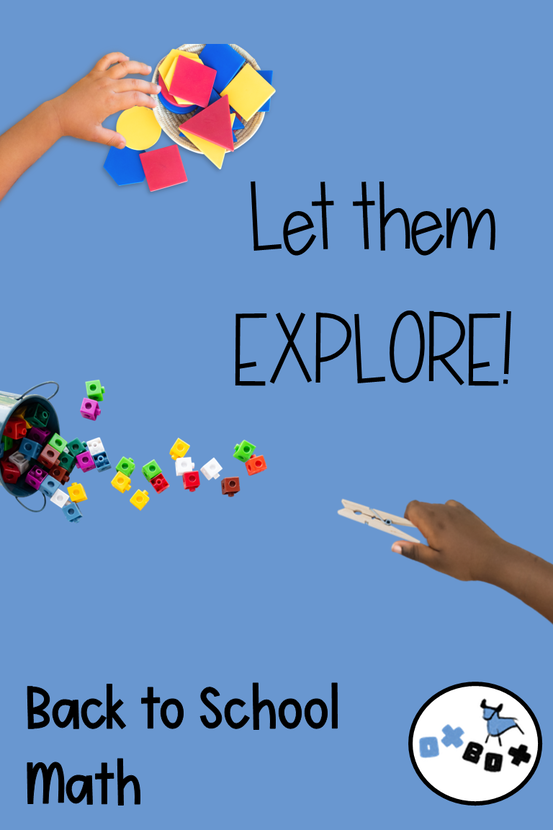




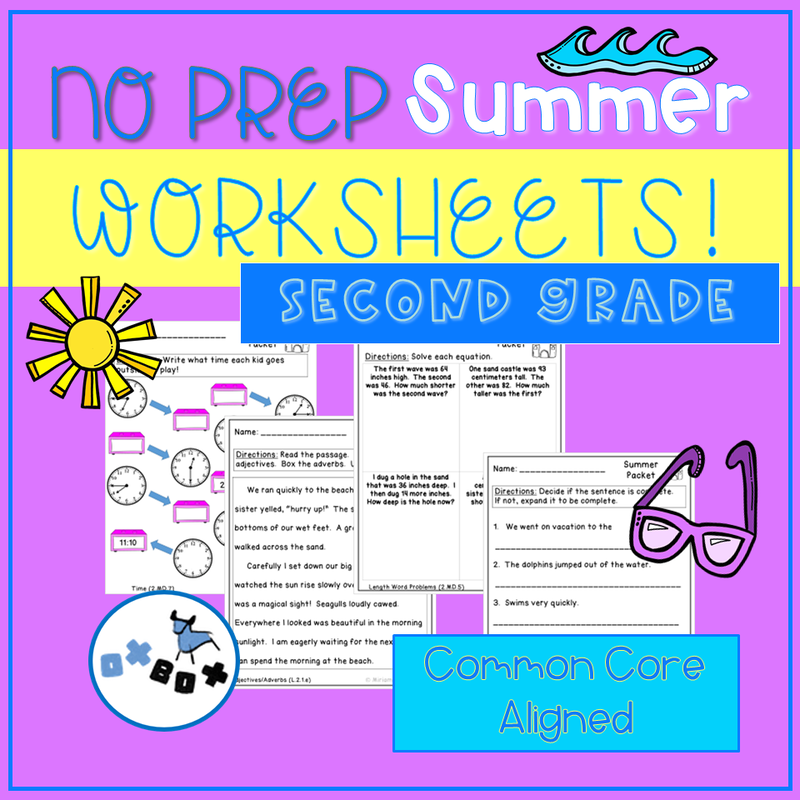



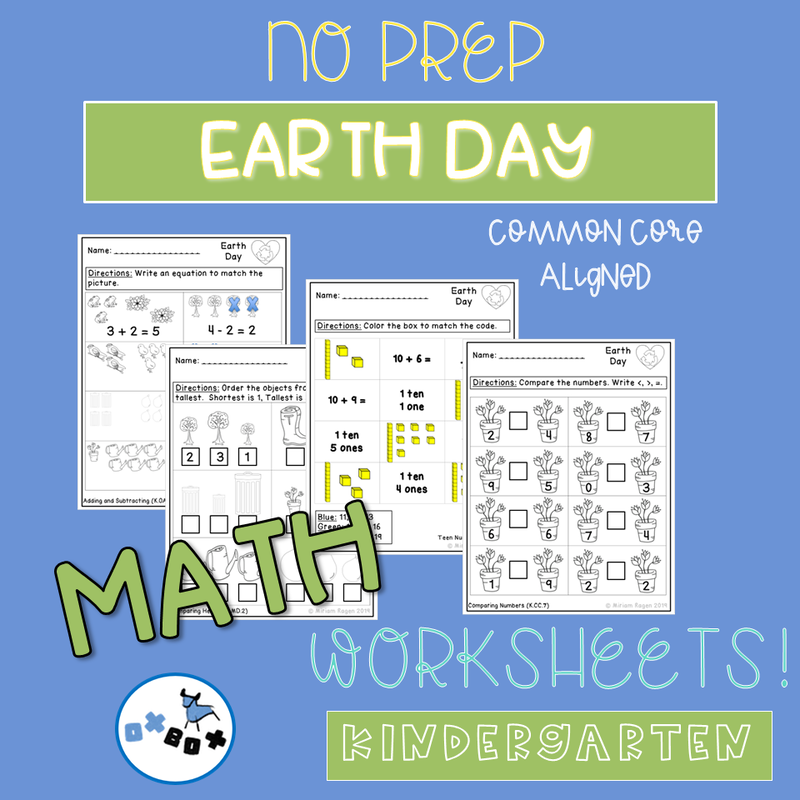

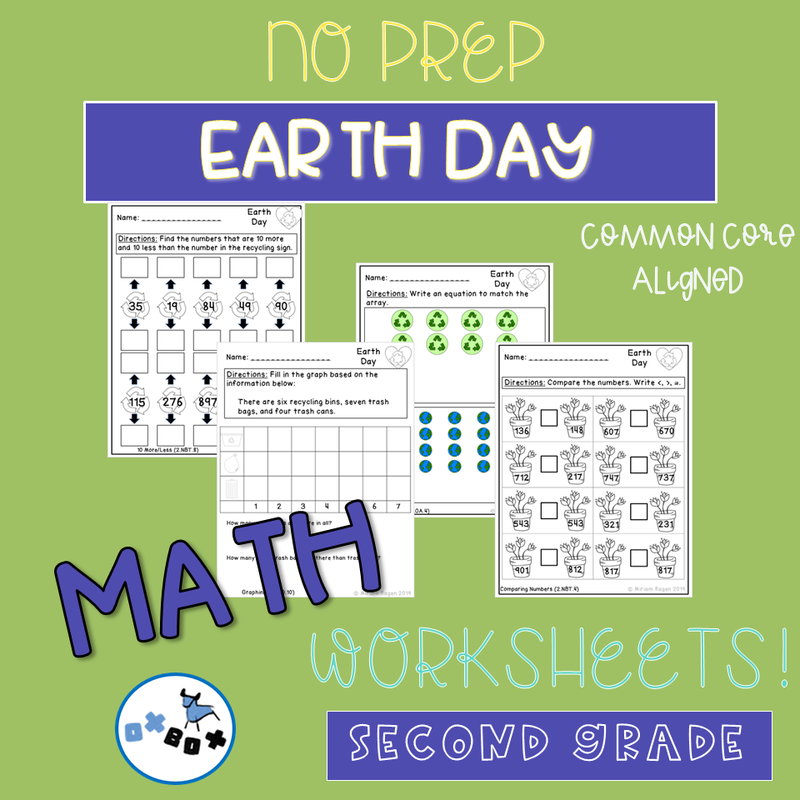







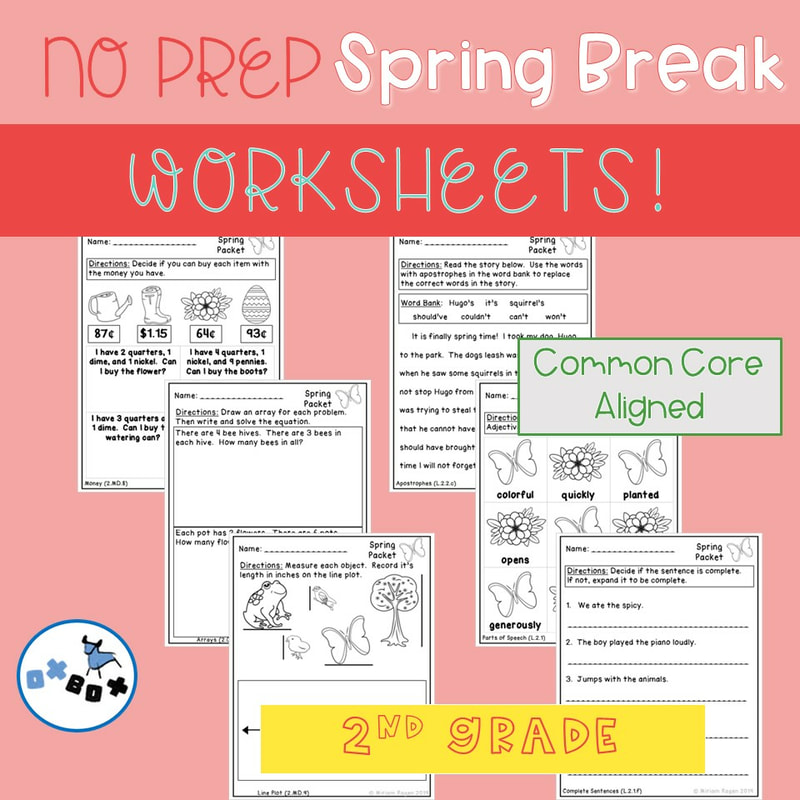


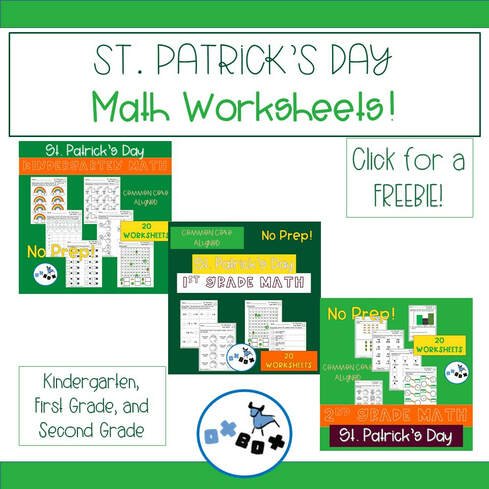
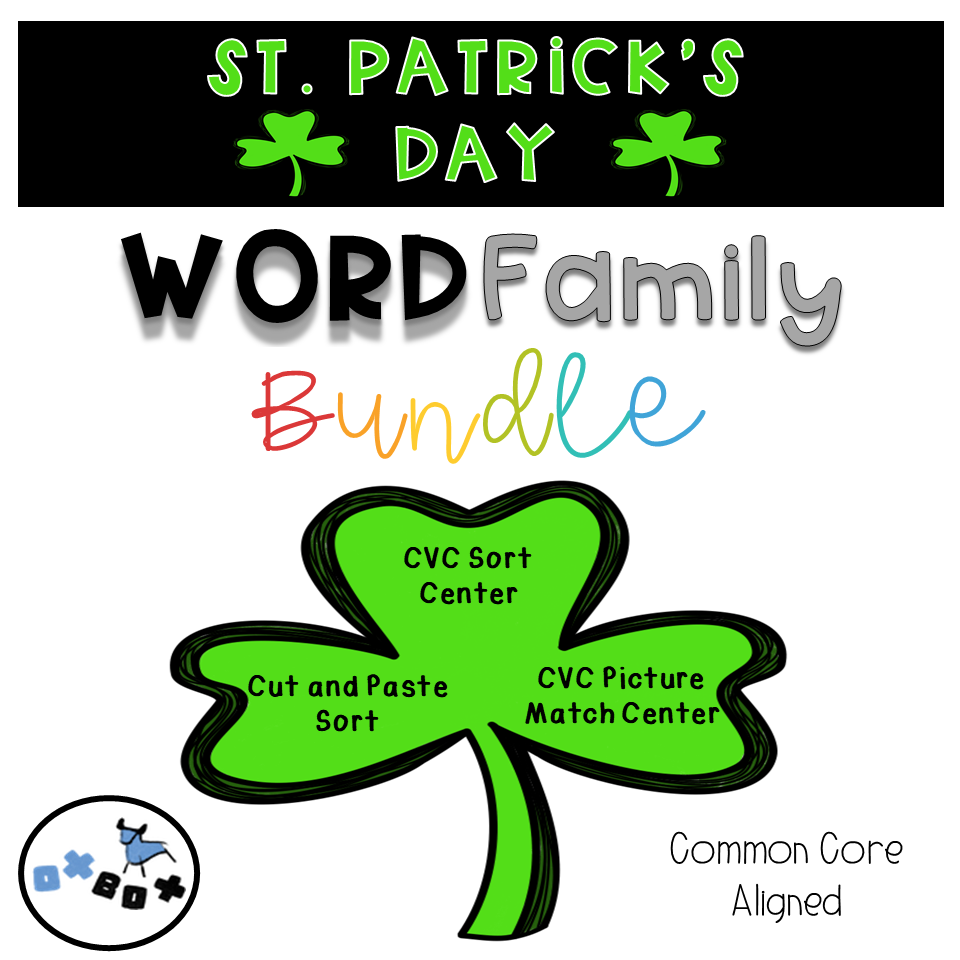



 RSS Feed
RSS Feed